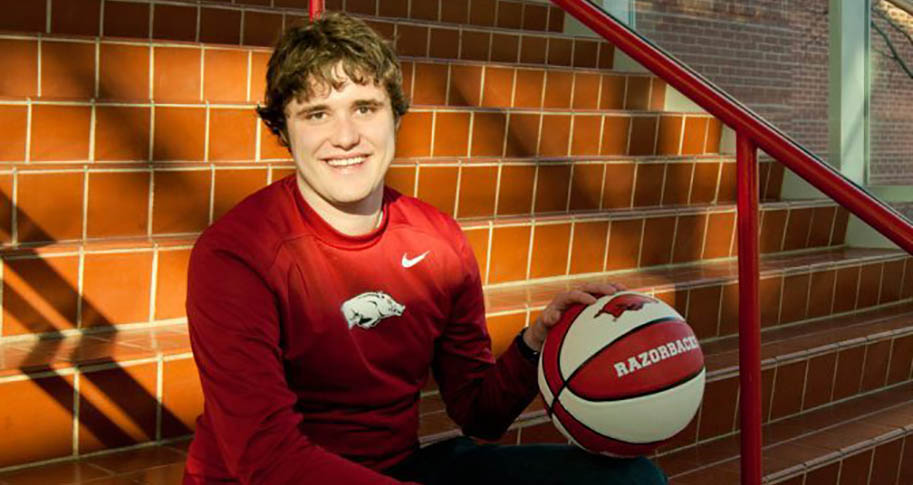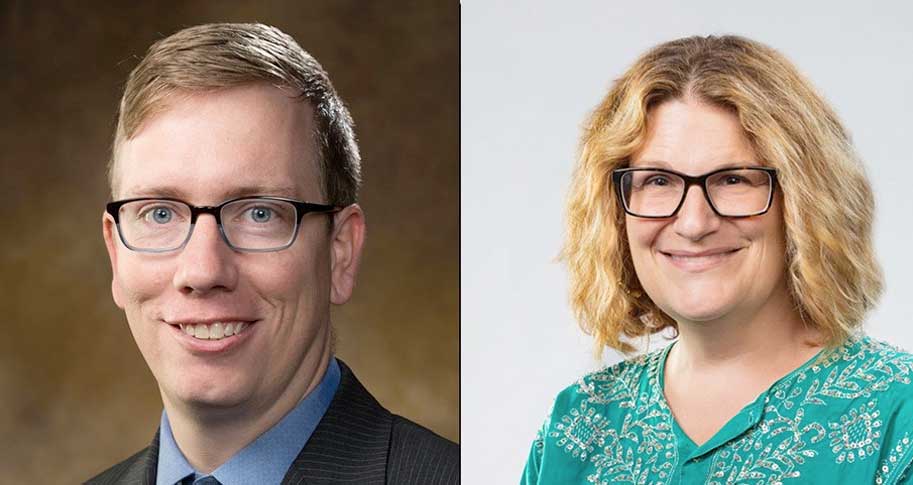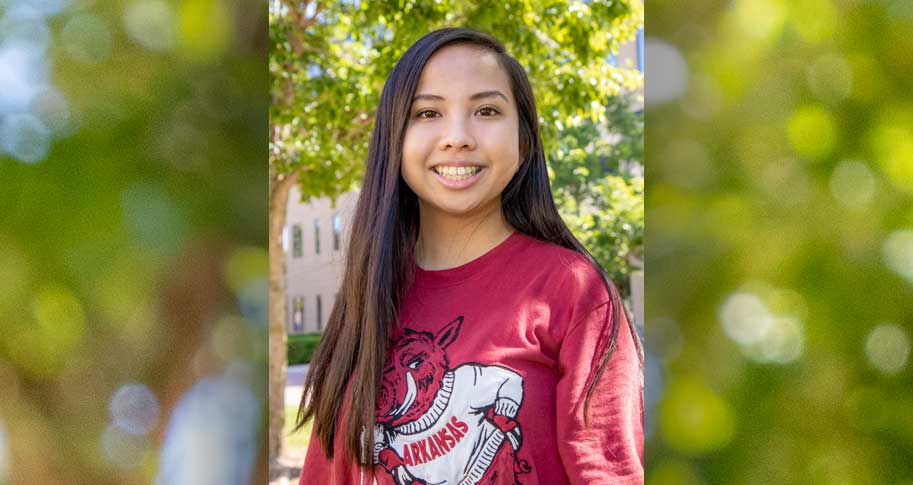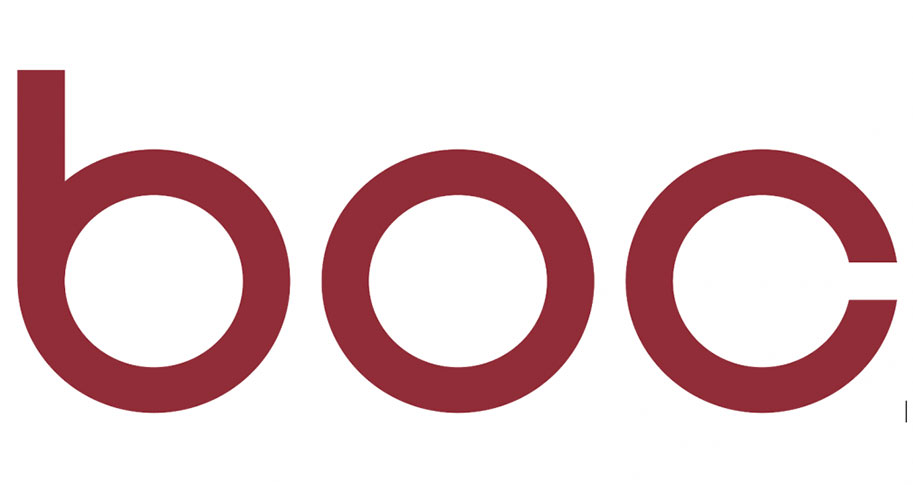
Johnny Carver grew up surrounded by basketball. His father played for Kansas State University and his brother for the College of the Holy Cross in Massachusetts.
“I’ve always wanted to be like my brother,” Johnny says. “I look up to him and my dad.”
So, as a 6-foot, 3-inch tall high school student and still growing, Johnny fully expected to have an exciting future on the basketball court. Yet right before games, instead of getting pumped up and ready to play ball, he felt tired and fatigued. Once he even passed out on the court. A bout of severe ulcerative colitis caused him to lose 35 pounds in only two days. At one point, a cyst in his lower tailbone left him unable to walk. He also suffered severe dehydration, which caused him to lose even more weight.
While he worked through his discomfort and health problems to earn a position on the high school varsity basketball team in Olathe, Kansas (a few miles from his home in Shawnee), he got some crushing news just before his senior season: it was unsafe for him to play.
Trips during the next several months to medical care facilities, which included the Mayo Clinic, revealed an additional assortment of health problems, including an adrenal insufficiency and autonomic dysfunction – a nerve disorder.
Johnny refused to feel sorry for himself. “I wanted to find another outlet to be successful,” he says.
He poured his energy into writing about sports for his high school newspaper. Then, he and his brother developed a statistical algorithm to determine the greatest player in NBA history and crunched statistics on a spreadsheet. From there, Johnny took over and wrote their findings into what was becoming a book. He submitted each chapter to his grandfather, a published author, who edited the copy and sent it back to Johnny. This kept going until he had more than 300 pages of information.
Johnny emailed Mark Cuban, owner of the Dallas Mavericks, who suggested to Johnny that he self-publish his findings, which features profiles of NBA’s all-time Top 25 players. The result is Ranketology: A New Way of Determining Basketball’s Greatest Player, which is set to release sometime in the coming weeks.
While Johnny won’t say whom he found to be the No. 1 player in the NBA (people will have to buy and read his book), he says he wasn’t surprised what the statistics revealed. “It made so much sense in the grand scheme of things,” he says.
Now a freshman majoring in management at the Sam M. Walton College of Business, Johnny has sought guidance for his future from Renee Clay, assistant director for Walton’s George W. Edwards Career Center. “She has been my advocate, and I needed that,” he says.
He sent his book and resume to Larry Bird, former Boston Celtics player and now team president of the Indiana Pacers. Impressed, Bird invited Johnny to Indianapolis to meet with the organization.
This is one of the opportunities Johnny has had since coming to Arkansas. He was drawn to Walton for its reputation, and the University of Arkansas for its basketball team. His parents, however, were equally concerned for Johnny’s well-being. “They were so blown away by the business program and the health center,” he says, referring to the Pat Walker Health Center on campus.
With a scholarship through the Arkansas Alumni Association, Johnny is serving on Leadership Walton. He says his goal is to work in basketball operations for the NBA, and he hopes to have an internship with the Pacers this summer. “I want to continue doing things like this while I’m in college,” he says.




